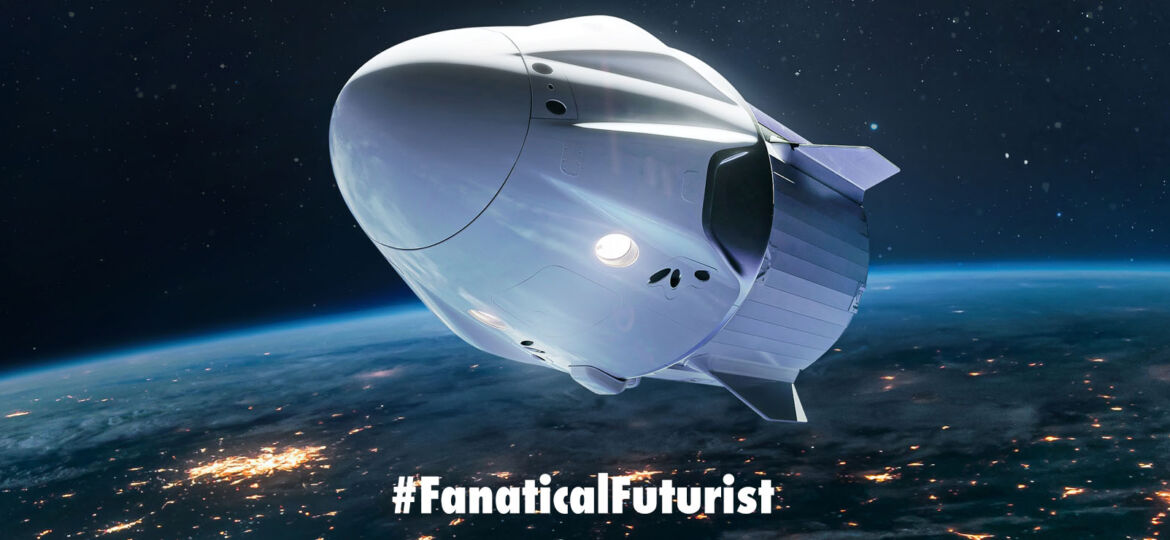
WHY THIS MATTERS IN BRIEF
Using natural language to talk to the machines around us will revolutionise human-machine communications.
 Love the Exponential Future? Join our XPotential Community, future proof yourself with courses from XPotential University, read about exponential tech and trends, connect, watch a keynote, or browse my blog.
Love the Exponential Future? Join our XPotential Community, future proof yourself with courses from XPotential University, read about exponential tech and trends, connect, watch a keynote, or browse my blog.
Chatbots are making their way into other corners of the solar system. As ChatGPT, Bard, and other Artificial Intelligence (AI) powered chatbots find their way into virtually every industry here on Earth, NASA is considering bringing its own version of the technology aboard spacecraft. The proprietary interface will reportedly facilitate communications with crewmembers, beginning with the Artemis program’s Lunar Gateway.
Dr. Larissa Suzuki, a visiting researcher at NASA, announced the project at the Institute of Electrical and Electronics Engineers (IEEE) on Tuesday. The plan is to build a network capable of fielding interplanetary communications while using AI to spot and fix errors as they occur. The program – the name of which has yet to be shared with the public – will effectively work as a virtual repairman, diagnosing errors and inefficiencies and then resolving them (or, at the very least, suggesting potential fixes) when it’s impractical to perform hands-on work.
The Future of the Space Industry, by keynote Matthew Griffin
NASA intends for the program to be easy to use. Like ChatGPT, space-bound astronauts and crewmembers down on Earth can “talk” with NASA’s program, precluding the need for complicated manuals or tiresome back-and-forth conversations with parties that aren’t directly involved. If NASA can incorporate federated learning – a collaborative approach to training deep learning models – into its interface, it could even have multiple spacecraft share their knowledge, helping the fleet locate important geology or reduce downtime up in space.
NASA hopes the program will debut with the Lunar Gateway, the first space station to orbit the Moon. The Gateway will offer living and working spaces, communication technology, docking points for various spacecraft, and tools for science experiments. Beyond helping the agency explore the Moon, the Gateway will serve as a jumping-off point for eventual Mars expeditions.
The Gateway isn’t expected to go online until close to 2030, giving NASA plenty of time to perfect its chatbot. Chatbot reliability (or lack thereof) is already enough of a problem here on Earth, where Generative AI regularly falsifies information. In space exploration, the stakes are higher – making something up on the spot could mean the end of a multimillion-dollar spacecraft or an astronaut’s life.
While that’s a legitimate concern, rogue space AI isn’t. According to Suzuki, astronauts and Earthly observers don’t have to worry about chatbots taking over spaceships à la HAL-9000 from 2001: A Space Odyssey.
“The idea is to get to a point where we have conversational interactions with space vehicles and they [are] also talking back to us on alerts, interesting findings they see in the solar system and beyond,” Suzuki told The Guardian. “It’s really not like science fiction anymore.”
















